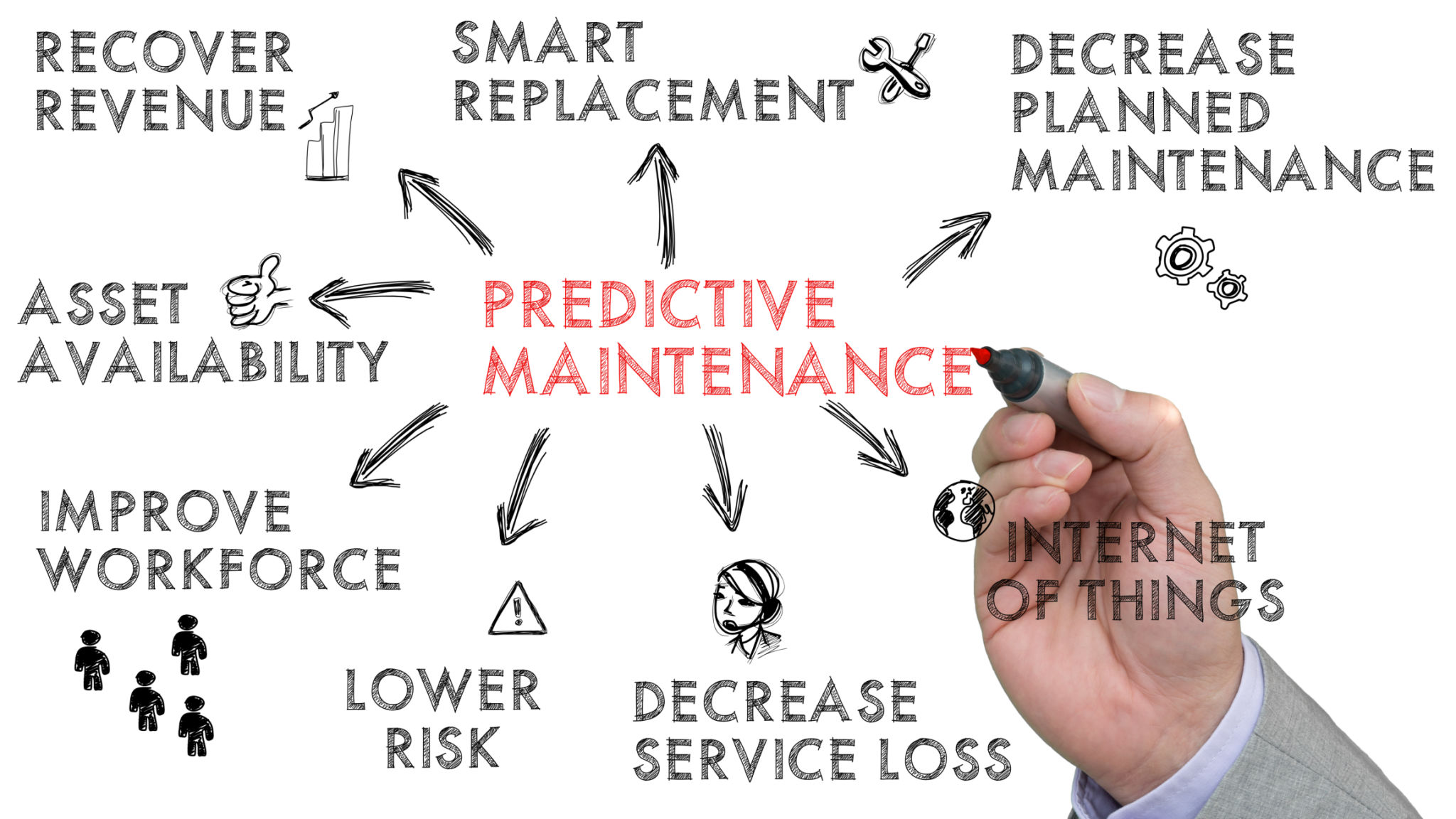How Maintenance Software Can Improve Operational Efficiency in Electric Utilities
fp
The Role of Maintenance Software in Electric Utilities
Electric utilities are constantly under pressure to provide reliable and uninterrupted power supply while managing operational costs effectively. One of the critical aspects that contribute to operational efficiency is the maintenance of infrastructure and equipment. Modern maintenance software is revolutionizing how electric utilities manage their assets, ensuring improved performance and reduced downtime.
Maintenance software provides a centralized platform for tracking, scheduling, and managing maintenance tasks. This digital transformation enables utilities to move away from reactive maintenance strategies to more proactive and predictive approaches. By leveraging data analytics and real-time monitoring, utilities can anticipate potential failures and address them before they lead to costly downtimes.

Enhancing Predictive Maintenance
With predictive maintenance capabilities, utilities can significantly enhance their operational efficiency. Predictive maintenance involves using data-driven insights to predict equipment failures before they occur. This minimizes unexpected outages and extends the lifespan of expensive equipment.
By integrating predictive maintenance into their operations, electric utilities can minimize costs associated with emergency repairs and improve asset reliability. The software analyzes historical data and real-time inputs to identify patterns and anomalies, enabling timely interventions. This approach not only reduces operational risks but also optimizes resource allocation.

Streamlining Workflows and Resource Allocation
Effective maintenance software streamlines workflows by automating routine tasks and optimizing resource allocation. It provides detailed insights into asset condition, helping prioritize maintenance tasks based on urgency and impact. By doing so, utilities can allocate their workforce more efficiently, ensuring that critical issues are addressed promptly.
Moreover, the software facilitates better communication and collaboration among teams by providing a single source of truth for all maintenance-related information. This leads to improved coordination and faster response times, further enhancing operational efficiency.

Reducing Operational Costs
Implementing maintenance software can lead to significant cost savings for electric utilities. By reducing unplanned outages and improving asset management, utilities can lower both direct and indirect costs associated with maintenance activities. The software also helps in identifying areas where energy consumption can be optimized, contributing to further cost reductions.
Furthermore, the ability to track maintenance history and performance metrics allows for more informed decision-making, ensuring that investments are made in areas that provide the highest return. This strategic approach to asset management results in long-term financial benefits.

Improving Regulatory Compliance
Electric utilities are subject to stringent regulatory requirements concerning equipment maintenance and safety. Maintenance software assists in maintaining compliance by providing detailed records of all maintenance activities. This transparency ensures that utilities can easily demonstrate adherence to industry standards and regulations during audits.
The software also helps in identifying potential compliance issues before they escalate into major problems, enabling utilities to take corrective actions proactively. This not only safeguards against regulatory fines but also enhances the overall safety and reliability of the power supply.
Conclusion
In conclusion, adopting maintenance software is a strategic move for electric utilities aiming to enhance their operational efficiency. By leveraging technology to shift from reactive to proactive maintenance strategies, utilities can achieve greater reliability, reduce costs, and improve regulatory compliance. As the energy sector continues to evolve, embracing digital solutions will be essential for maintaining competitive advantage and delivering exceptional service to customers.